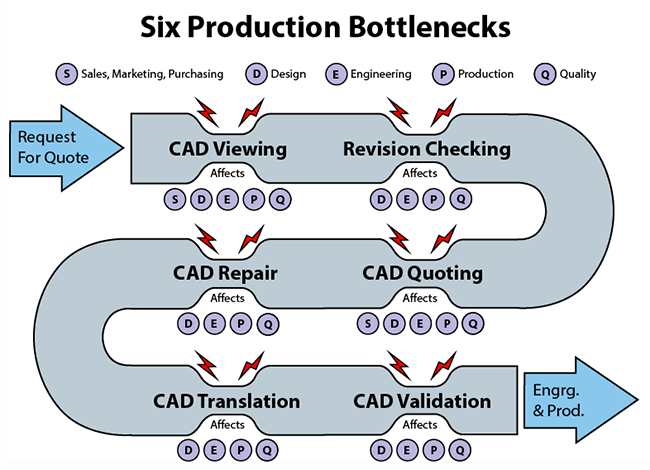The Power of Small Conversations in Engineering and Manufacturing
The best ideas in engineering often don’t come from a scheduled meeting or a carefully crafted project plan. They usually start with something much simpler: a small conversation.
It could be a five-minute chat at someone’s workstation, a quick hallway conversation with another department, or a lunch break where you compare notes on a tricky problem. These informal discussions can create a ripple effect of problem-solving and collaboration.
Here’s why small conversations can make a big difference:
-
They surface hidden issues.
People often share insights casually that might never come up in a formal meeting. A machinist might mention a tool that’s been acting up, or an engineer might share a shortcut they discovered. -
They spark creative solutions.
When conversations are low-pressure and open-ended, ideas flow more freely. Someone from a different department might suggest a fix you never would’ve considered. -
They strengthen team trust.
Talking in short, human moments builds relationships faster than any scheduled team-building activity. People are more likely to collaborate when they feel heard and connected.
How to encourage more small conversations on your team:
-
Walk the floor. Even a short, casual check-in with team members can uncover ideas and issues early.
-
Mix departments intentionally. Invite someone from quality, purchasing, or maintenance to join a lunch or quick huddle—they’ll see problems differently than engineering alone.
-
Create a “5-minute fix” culture. Encourage short conversations focused on one small improvement, then try it out.
These conversations are easy to overlook—but they often lead to faster problem-solving, smarter decisions, and stronger teams.
Sometimes, the most powerful tools in engineering aren’t machines or software—they’re the five-minute conversations you have every day.



